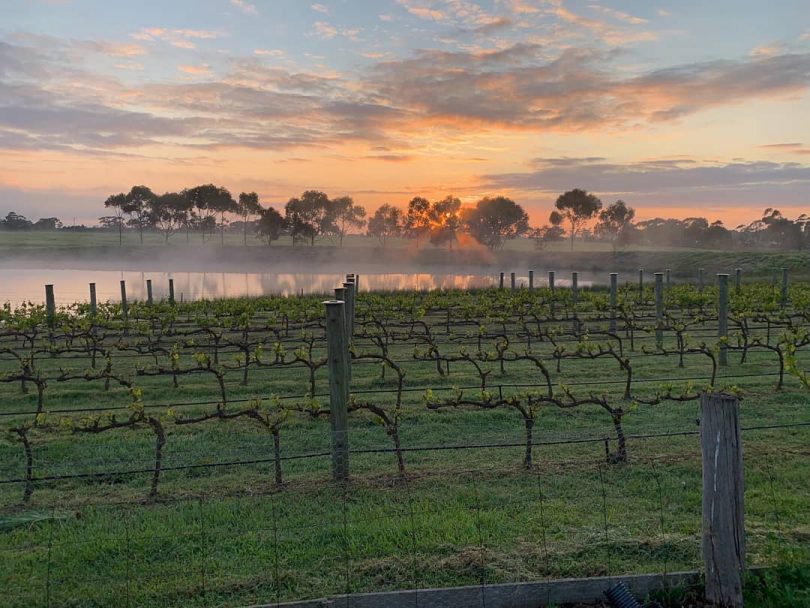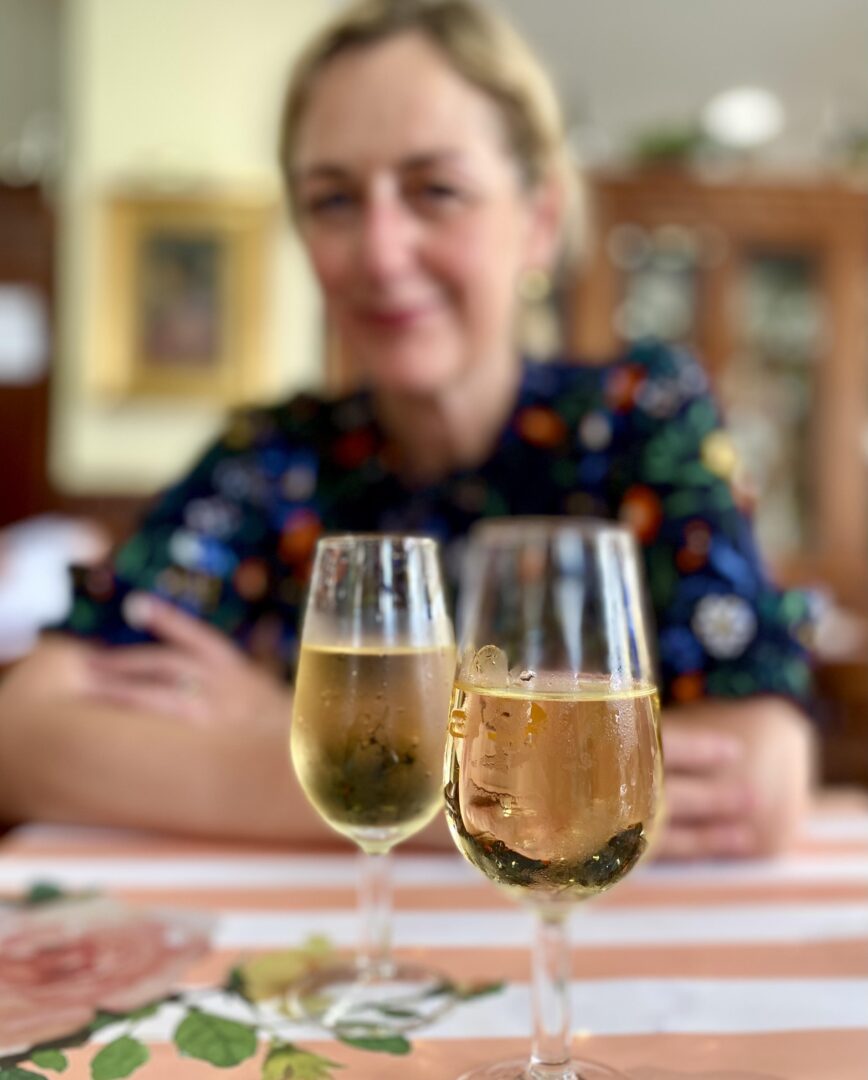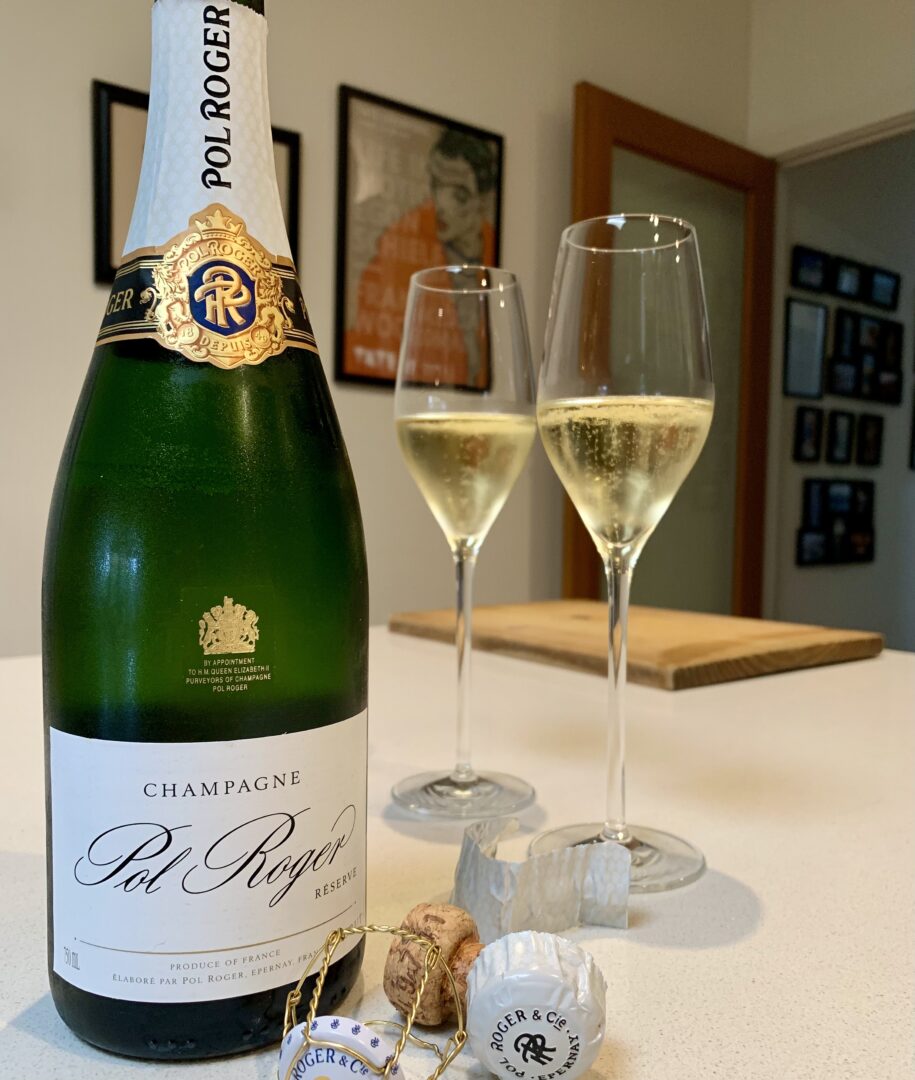Asked to describe in a single word the impact of coronavirus on the Geelong-region winery he co-founded almost 25 years ago, Ray Nadeson of Australia’s Lethbridge Wines, says: “Challenging”.
Nadeson reckons 2020 has been “a year like no other”.
Income streams have been swiftly reconfigured. Vineyard production looks certain to be trimmed. Export markets are drying up. Many of the high-end restaurants that once placed orders for Lethbridge wines are closed. And the business model that served the winery so well, for so long, has been turned on its head in a matter of months.
“We are a relatively robust and successful winery in our own way,” says Nadeson. “But this has been a period of real reassessment.”
He’s not alone. There are nearly 2,500 wineries in Australia, across 65 wine regions, all heavily impacted by the 2020 maelstrom. For many, coronavirus is just the latest calamity in a sustained stretch of adverse events.
A severe and prolonged drought across much of Australia had already impacted multiple grape-growing regions, before a ‘black summer’ of catastrophic bushfires in 2019-20 traumatised the nation.
The fires burned an estimated 18.6 million hectares (46 million acres), destroyed almost 3,000 homes and killed at least 34 people. Nearly three billion animals were killed or displaced. At its peak, thick plumes of acrid smoke blanketed communities from Sydney to Canberra to Melbourne.
While Australia’s $6 billion wine industry was a peripheral concern at the height of that hellish summer, the industry is now counting the cost of a fierce and frightening period.
In the Adelaide Hills of South Australia, fires destroyed almost 30 per cent of vines. Whole vintages have been abandoned in the Hunter Valley, New South Wales, where some reports suggest that up to 90 per cent of the region’s 2020 harvest will be scrapped. Further south, in the east and northeast of Victoria, multiple wineries have tested for smoke taint damage.
And then came a global pandemic.
In economic terms, the full impact of the coronavirus crisis still lies ahead. Australian wine exports continued to grow by value in the 12 months to March 2020, though total export volume declined by more than 10 per cent. Domestic wine consumption is holding up (for now), but the spend per bottle is falling.
In Nadeson’s home state of Victoria, ‘stage four’ pandemic restrictions have placed most of the population in a state of deep freeze. But Nadeson – whose vineyard sits on a flat expanse of open land, by a dirt road, off the Midland Highway, less than 90 minutes west of Melbourne – is focused on the future.
Typically, around 30 to 35 per cent of Lethbridge wine sales are to international markets, comprising 10 to 15 countries across Europe, the UK and Asia. Nadeson says these markets, his “buffer against domestic storms”, have been “crushed”.
The crisis has compelled a reappraisal of the winery‘s business model and driven the search for new and innovative ways to reach consumers: “for a diversity of channels and a mix of approaches”.
 To that end, his winery is re-thinking both its marketing and online strategies. Nadeson reckons other wineries – “the ones that survive this period” – will engage in similar work.
To that end, his winery is re-thinking both its marketing and online strategies. Nadeson reckons other wineries – “the ones that survive this period” – will engage in similar work.
In any case, Nadeson, who describes himself as “cautiously optimistic”, says now is not the time for wineries to hold on to their reserves.
“The tendency when things are tough is to close your wallet, but in fact I think you’re better looking for long-term efficiencies and building for the future.”
At Lethbridge, for example, the winery just invested in new machinery.
A former biologist, before he turned his hand to winemaking, Nadeson likens 2020 to a period of sustained evolutionary pressure.
“When things are stable, nothing happens, nothing is created,” he notes. “There will be casualties, but the times will also produce new ideas and better practices. People will trim their fat and be more efficient. They’ll find better ways to do things, because that’s what humans do.”
Nadeson reckons now is the time for wineries and consumers to stand by one another.
“We’ve survived other downturns in our history, but this one is different,” he says. “This crisis is economic and cultural.”
“If people want businesses like ours to survive, they have to support us. And we have to help them support us. It’s a two-way street. We’re in this together.”
This article was first published by Wine Searcher (New Zealand), 6 September 2020
Featured image: The vineyard at Lethbridge Wines
Image insert: Maree Collis and Ray Nadeson of Lethbridge Wines
Images courtesy of Lethbridge Wines at Instagram
Want to support a fine producer? Jump online to purchase Lethbridge wines.








